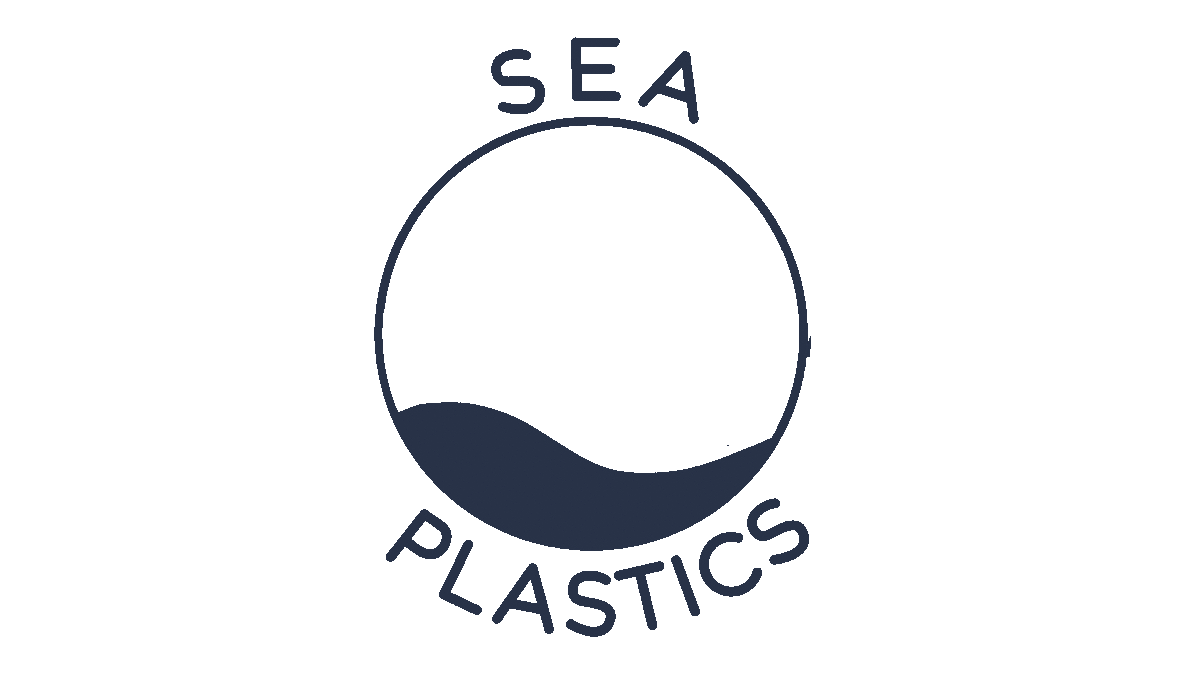Journal de bord de l'équipage 2019



Dès la réception de l’élément qu’il nous manquait pour utiliser correctement le filet fermant à Ostie, nous nous sommes lancés vers le second point d’échantillonnage. La mer n’était pas d’huile mais le vent n’était pas trop violent et nous avons pu confirmer le bon fonctionnement de nos protocoles pour la bouée Hypatia et le filet manta. Toutes nos observations sont consignées dans notre carnet de laboratoire à chaque point d’échantillonnage. Lors de l’analyse des échantillons, il sera alors aisé de retrouver les informations importantes pour comprendre et analyser correctement les résultats. Vous pouvez retrouver une version en ligne de ce « carnet de labo » en cliquant sur le carnet..
Chaque échantillonnage demande des conditions très particulières : la mer doit être calme et le vent faible afin que le filet fermant, les câbles de la bouée et la benne à sédiments soient bien à la verticale. De plus, la longueur du bout étant un facteur limitant, nous avons choisi d’échantillonner les sédiments à des profondeurs n’excédant pas les 100m. Lors de ce premier échantillonnage, la profondeur était de 96m, ce qui nous a obligés à rallonger le premier bout avec un second permettant à la benne d’atteindre le fond sans risquer de la perdre.
Deuxième premier échantilonnage
Après plusieurs jours en mer, le bateau devient vite sale - repas, toilettes, boissons - mais aussi du sel apporté par le vent et la mer. Les murs ont également reçu la condensation de la nuit dans les cabines, les hublots ont des paillettes de sel et des miettes s’accumulent dans les rainures. Lorsque nous atteignons un port, la première mission de l’équipage tout entier est donc de récurer le bateau… intérieur et extérieur ! L’extérieur ainsi que le matériel scientifique est donc lavé à grandes eaux. Les torchons, draps et couvertures sont envoyés à la laverie, l’intérieur du bateau se transforme en une fourmilière pour laver les placards, astiquer les murs et portes, gratter les fonds de cale et désinfecter les toilettes.
Malgré les quelques recoins qui attendront la prochaine session de ménage, dans cette agitation, un détail n’est pas oublié. Tout ce qui est utilisé à bord finira dans la mer si il n’est pas conservé dans une poubelle. Ainsi, les produits ménagers se doivent d’être mûrement réfléchis. À bord nous avons donc : du vinaigre blanc, du savon noir, des huiles essentielles en tout genre (merci Perrine !) et de la pierre d’argile (merci Perrine à nouveau !). Le vinaigre blanc est idéal pour éliminer sel et calcaire alors que la pierre d’argile nous permet de conserver le « gelcoat » du bateau blanc comme d’origine. Associées à cela, les huiles essentielles permettent de désinfecter les surfaces et repousser les champignons intrépides qui s’invitaient à bord. Enfin, beaucoup de bonne volonté et la boucle est bouclée : le bateau est maintenu propre.
Un nettoyage régulier à l’eau douce est nécessaire pour que le bateau ne se dégrade pas trop vite. En effet, en plus de l’usure dû à la vie à bord, les différents éléments du bateau souffrent de l’agression du sel porté par le vent et la mer. De même, les UV attaquent férocement les éléments qui leur sont exposés. Les joints des hublots sont un bon exemple de partie fragile et rapidement attaqués par les éléments. De même, le matériel scientifique est très sensible aux UV et ne doit pas être laissé trop longtemps au soleil sous peine de se dégrader et que nous récoltions plus de micro-plastiques de nos filets que de la mer.
NETTOYAGE DU BATEAU

